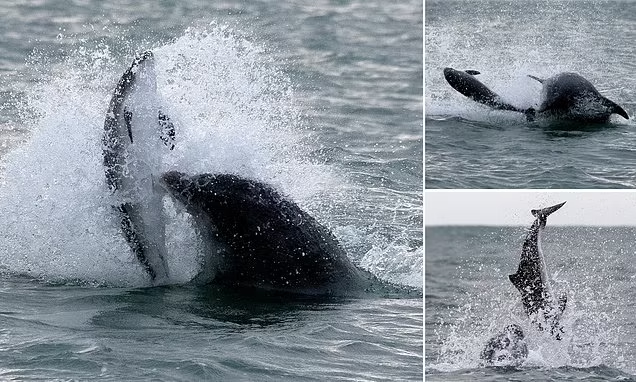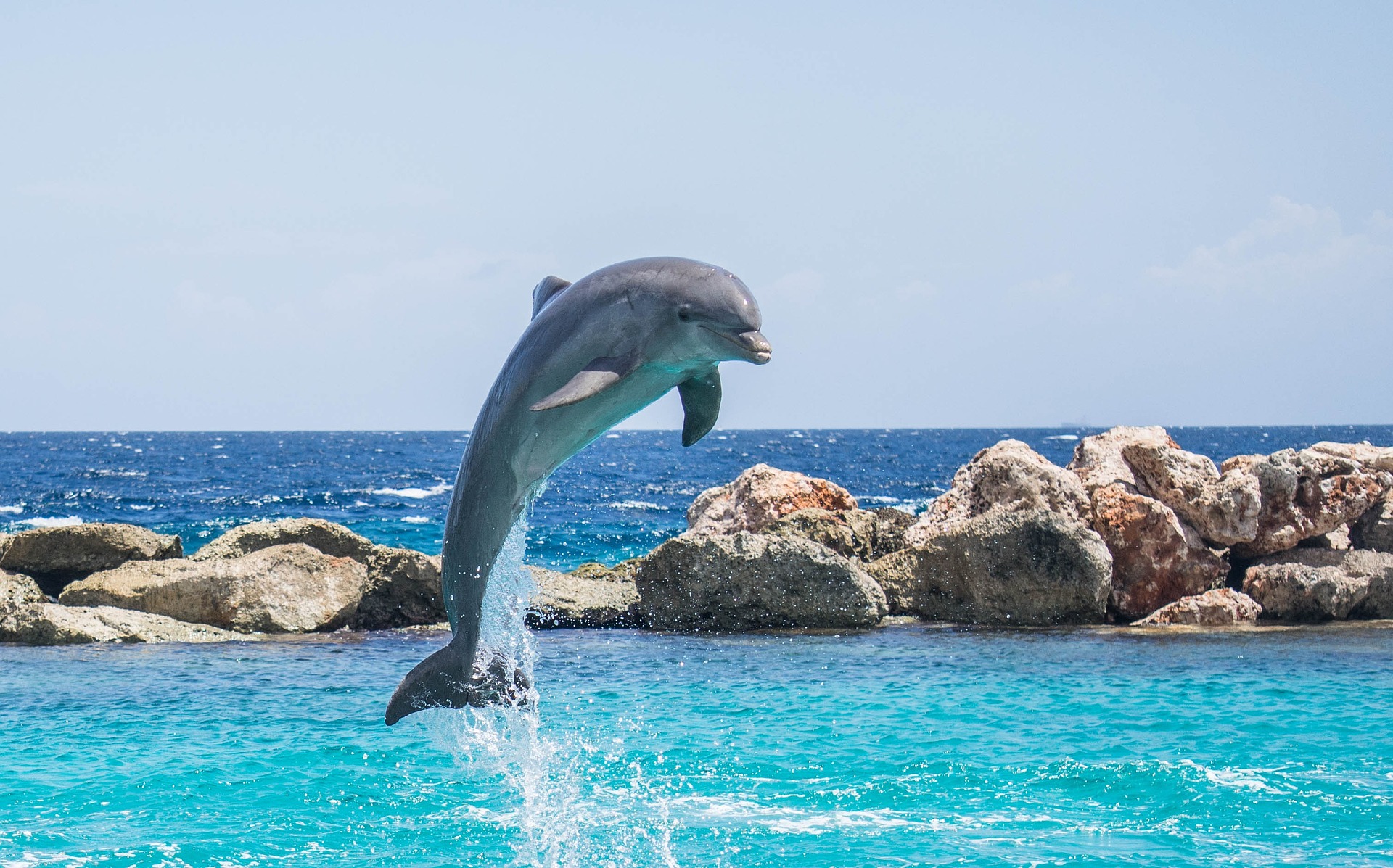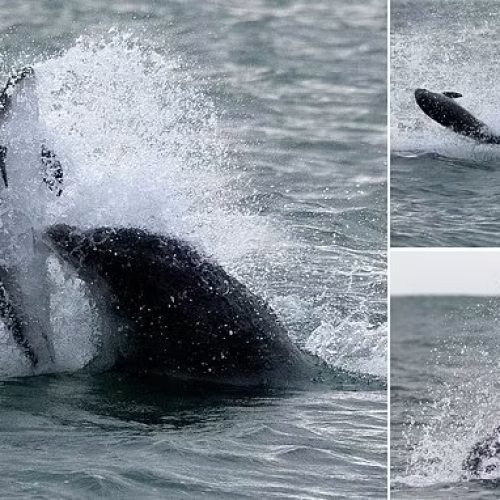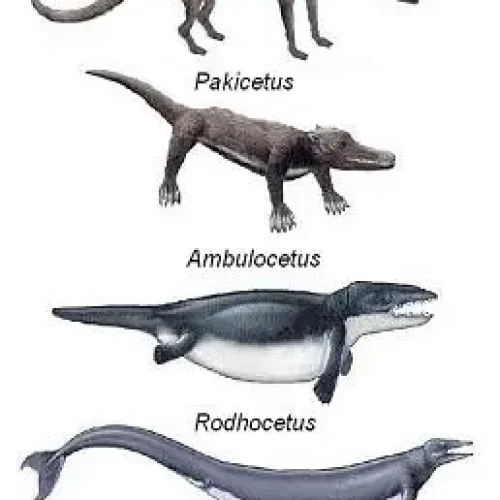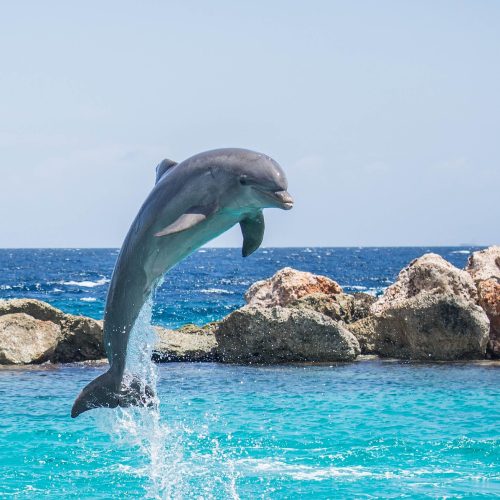Dolphins have a fascinating and diverse diet that reflects their adaptations to life in the ocean.
From the coastal bottlenose dolphins to the deep-diving Risso’s dolphins, these creatures are skilled predators with a appetite for a variety of prey.
In this article, we’ll dive into the world of dolphin diets, exploring the main prey species they consume and how their feeding habits are influenced by factors such as habitat and behavior.
In this article
UNDERSTANDING THE DOLPHIN DIET
Dolphins are fascinating marine mammals known for their intelligence and playful behavior. As carnivorous animals, their diet plays a crucial role in their survival and overall health.
Understanding what dolphins eat provides valuable insights into their ecological role and adaptations to life in the ocean.
Several factors influence the feeding habits of dolphins, including their species, size, habitat, and available prey. Dolphins living in coastal areas may have different diets compared to those residing in deep ocean waters.
Seasonal changes and migration patterns of prey species also affect what dolphins consume throughout the year.
Dolphin anatomy is remarkably adapted for capturing and consuming their prey. Their streamlined bodies allow for efficient swimming and quick bursts of speed to catch fast-moving fish.
Dolphins have a set of conical-shaped teeth, well-suited for grasping and holding onto slippery prey. Their long, narrow snouts, called rostrums, aid in stunning and capturing fish.
MAIN PREY SPECIES CONSUMED BY DOLPHINS
Fish make up the bulk of most dolphin species’ diets. Dolphins are opportunistic feeders, targeting a wide variety of fish species depending on availability. Some common fish prey include:
• Herring
• Mackerel
• Cod
• Mullet
• Sardines
Dolphins often work together in pods to herd schools of fish, making it easier to capture their prey. They use various techniques such as driving fish towards shallow water or stunning them with their powerful tails.
Squid and octopus are favored prey for many dolphin species, especially those that dive deep into the ocean. Dolphins like the Risso’s dolphin and the short-finned pilot whale are known to feed heavily on cephalopods.
The high caloric content of squid and octopus provides a valuable energy source for these marine mammals.
While fish and squid dominate dolphin diets, some species also consume crustaceans as a supplementary food source. For example, the Guiana dolphin, found off the coast of South America, includes crabs and shrimp in its diet.
Dusky dolphins near Argentina have been observed feeding on small crustaceans like krill.
Occasionally, dolphins may prey on other marine creatures such as marine worms, jellyfish, and even smaller dolphin species. However, these instances are relatively rare and not a significant part of their overall diet.
Finally, dolphins are skilled predators with a carnivorous diet that primarily consists of fish, squid, and sometimes crustaceans. Their feeding habits are influenced by factors such as species, habitat, and prey availability.
Dolphin anatomy, including their teeth, rostrum, and streamlined bodies, is well-adapted for capturing and consuming their prey.
Understanding the diet of dolphins provides valuable insights into their role in marine ecosystems and the importance of preserving the delicate balance of life in our oceans.
FEEDING STRATEGIES USED BY DIFFERENT DOLPHIN SPECIES
Dolphins have evolved a variety of fascinating feeding strategies to thrive in their diverse habitats. Cooperative fish-herding is one technique used by many dolphin species.
In this method, a group of dolphins works together to corral schools of fish into tight balls, making it easier for individual dolphins to catch their prey.
This coordinated effort showcases the intelligence and social nature of these marine mammals.
For offshore dolphin species, deep-diving adaptations are crucial for accessing prey in the ocean depths. These dolphins have evolved physiological traits such as increased blood volume and higher concentrations of myoglobin in their muscles, allowing them to store more oxygen and extend their dive times.
By diving to depths of up to 1,000 meters, they can hunt deep-sea fish and squid that are inaccessible to other predators.
River dolphins have developed a unique feeding strategy known as mud-plume feeding. In murky river waters with poor visibility, these dolphins use their long snouts to stir up mud from the riverbed, creating a plume that disorients fish and makes them easier to catch. This adaptation allows river dolphins to thrive in their challenging environment.
Strand-feeding is a learned behavior observed in some coastal dolphin populations. In this method, dolphins work together to chase schools of fish towards the shore, temporarily beaching themselves to catch their prey before sliding back into the water.
This risky but rewarding strategy is passed down through generations, showcasing the cultural learning abilities of dolphins.
VARIATIONS IN DIET AMONG DOLPHIN POPULATIONS
The diets of different dolphin species vary based on their habitat, size, and hunting strategies. While some dolphins primarily feed on fish, others have a more diverse diet that includes squid, crustaceans, and even other marine mammals.
For example, orcas, the largest members of the dolphin family, are known to hunt seals, sea lions, and even whales.
Regional differences in dolphin diets are influenced by the availability of prey species in different parts of the world. Dolphins living in coastal waters may rely on a different set of prey compared to those in open ocean habitats.
These regional variations highlight the adaptability of dolphins in exploiting the resources available to them.
Seasonal changes in prey availability also impact dolphin feeding habits. Many dolphin populations have been observed shifting their diets throughout the year based on the abundance of certain fish species.
During the spawning seasons of their preferred prey, dolphins may congregate in specific areas to take advantage of the increased food supply.
Studies have also revealed differences between the diets of male and female dolphins within the same population. In some cases, females with calves have been observed hunting different prey or using different strategies compared to males or females without calves.
These variations may be related to the differing energy requirements and social roles of individuals within the population.
IMPACT OF HUMAN ACTIVITIES ON DOLPHIN FEEDING ECOLOGY
Human activities have had significant impacts on the feeding ecology of dolphins worldwide. Overfishing has led to the depletion of many fish species that dolphins rely on for food.
As a result, dolphins may struggle to find sufficient prey, leading to reduced reproductive success and population declines.
Habitat degradation, such as the destruction of coastal wetlands and seagrass beds, can also have severe consequences for dolphin feeding grounds.
These ecosystems serve as nurseries for many fish species and their loss can disrupt the food web that supports dolphin populations.
Chemical pollution, including the accumulation of persistent organic pollutants (POPs) in the marine environment, poses another threat to dolphin health.
These contaminants can bioaccumulate in the tissues of dolphins and their prey, potentially leading to reproductive disorders, immune system suppression, and other health issues.
To mitigate these impacts, sustainable fishing practices are crucial for protecting dolphin food sources. This includes implementing catch limits, avoiding overfishing, and using dolphin-friendly fishing methods that minimize bycatch.

